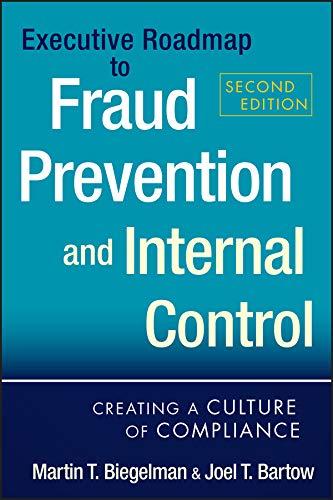Question
(0) Aerodec, Inc., manufactures and sells two types of wooden deck chairs: Deluxe and Tourist. Annual sales in units, direct labor-hours (DLHS) per unit, and
(0)
Aerodec, Inc., manufactures and sells two types of wooden deck chairs: Deluxe and Tourist. Annual sales in units, direct labor-hours (DLHS) per unit, and total direct labor-hours per year are provided below: Deluxe deck chair: 2,000 units x 5 DLHS per unit Tourist deck chair: 10,000 units x 4 DLHs per unit Total direct labor-hours Costs for direct materials and direct labor for one unit of each product are given below: Costs for direct materials and direct labor for one unit of each product are given below: 10,000 40,000 50,000 Activity Cost Pools and (Activity Measures) Labor-related (direct labor-hours) Machine setups (number of setups) Parts administration (number of parts) Production orders (number of orders) Material receipts (number of receipts) General factory (machine-hours) Deluxe $25 $60 Direct materials Direct labor (at $12 per DLH) Manufacturing overhead costs total $800,000 each year. The breakdown of these costs among the company's six activity cost pools is given below. The activity measures are shown in parentheses. Estimated Overhead Cost $ 80.000 150.000 160,000 70,000 90,000 250,000 $800,000 Deluxe 10,000 3,000 50 Expected Activity 100 150 12,000 Tourist 40,000 2,000 Tourist $17 $48 30 300 600 28.000 Required: 1. Classify each of Aerodec's activities as either a unit-level, batch-level, product-level, or facility-level activity. 2. Assume that the company applies overhead cost to products on the basis of direct labor-hours. Total 50,000 5.000 80 400 750 40.000 a. Compute the predetermined overhead rate. b. Determine the unit product cost of each product, using the predetermined overhead rate computed in part (2)(a) above. 3. Assume that the company uses activity-based costing to compute overhead rates. a. Compute the activity rate for each of the six activities listed above. b. Using the rates developed in part (3)(a) above, determine the amount of overhead cost that would be assigned to a unit of each product. c. Determine the unit product cost of each product and compare this cost to the cost computed in part (2)(b) above.
Step by Step Solution
There are 3 Steps involved in it
Step: 1

Get Instant Access to Expert-Tailored Solutions
See step-by-step solutions with expert insights and AI powered tools for academic success
Step: 2

Step: 3

Ace Your Homework with AI
Get the answers you need in no time with our AI-driven, step-by-step assistance
Get Started


